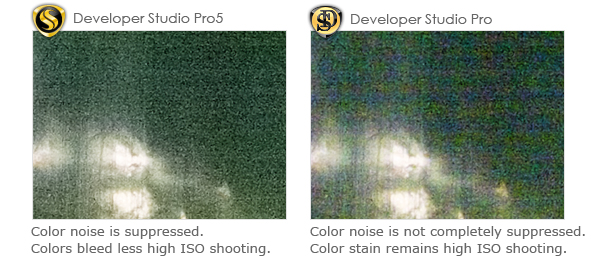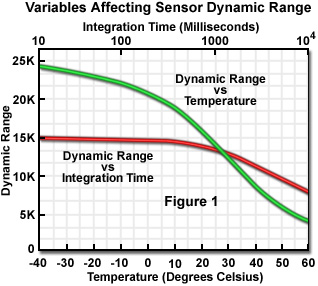

All vessels were also evaluated visually by a trained neurovascular surgeon, and these visually classified outcomes were compared with DOCT evaluated outcomes. Vessels were classified into four groups: seal (29%), rupture (30%), partial seal (19%), and unaffected (22%). Vessel diameter and general morphology were also taken into consideration. Outcomes were classified based on several markers, predominantly the presence or absence of flow postirradiation. Avian chorioallantoic membrane vessels were subjected to thulium laser irradiation and were then scanned via OCT. A methodology employing Doppler optical coherence tomography (DOCT) for the evaluation of energy seals is introduced. Current methodologies used for this purpose can be problematic in the evaluation of small vessel seals. Given this, it is paramount to have an objective method with which the quality of energy seals can be evaluated. Laser energy sealing systems have attracted much attention over the past decade given the general shift in surgical paradigm toward less invasive surgical approaches. The experimental results imply that a zero-dispersion wavelength decreasing photonic crystal fiber suitable for nanosecond pulse pumping is not necessarily suitable for picosecond pulse pumping, especially for fibers with high air-hole ratio. However, the intensity in shorter wavelength band decreased in fibers with a high air-hole ratio (named T3, T4). With a 10 ps pump pulse, the spectral intensity around ∼800 nm increases in all four fibers.

The short and long wavelength edges of supercontinuum are highly related with the phase-matching condition which decided by the group velocity curve of fiber small core end. The underlying mechanism of supercontinuum generation is explored. With a 3 ns pump pulse, the short wavelength edge of supercontinuum is extended to below 400 nm in a fiber with high air-hole ratio (named T3). Both nanosecond and picosecond pump pulses at 1 μm are used to generate supercontinuum. Four zero-dispersion wavelength decreasing photonic crystal fibers with different fiber cross structures and taper profiles are fabricated to extend the short wavelength edge of supercontinuum. Supercontinuum covering the ultraviolet-blue region is highly useful for fluorescence microscopy. We discuss the effect of the improved structural visibility by achieving image voxels closer to an isometric shape with a high NA sample lens. Imaging of biomedical and other samples is demonstrated using a high numerical aperture sample lens and compared with images from a commercial OCT system. We also evaluate and demonstrate the direct measurement method for axial resolution using an air wedge. Despite the challenges in transporting a broadband spectrum using fibre-optics, the system investigation was motivated by the ever-increasing demand for commercialization of high-resolution OCT systems and simplification of construction. This paper presents a fibre-based OCT system with an axial resolution of 3.8 \textmu m in air, surpassing any previously reported values to the best of our knowledge. OCT systems with broad spectral bandwidths are often constructed using free-space optics to avoid dispersion by fibre optic components. OCT can perform high-resolution, cross-sectional imaging of the microstructure of biological tissues by measuring the coherent spectrum from the backscattered light. Optical Coherence Tomography (OCT) is a rapidly growing imaging modality in biomedical optics.


 0 kommentar(er)
0 kommentar(er)
